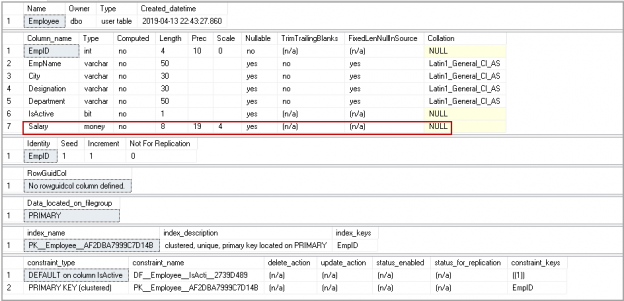
SQL Add Column operations
April 22, 2019This article explains the SQL add column operation into an existing SQL table. We will also explore different examples of SQL add column operations.

This article explains the SQL add column operation into an existing SQL table. We will also explore different examples of SQL add column operations.
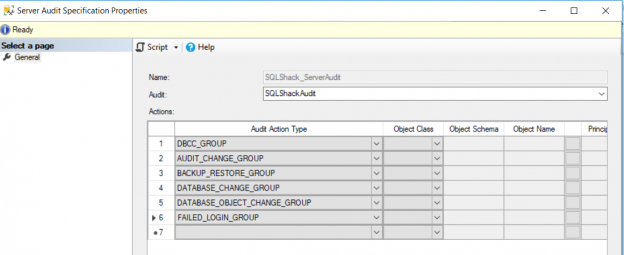
In the previous article of the SQL Server Audit series, SQL Server Audit Feature Components, we discussed the three main components of the SQL Server Audit feature; the SQL Server Audit, the Server Audit Specifications, and the Database Audit Specifications in details. In this article, we will show how to use the SQL Server Audit […]
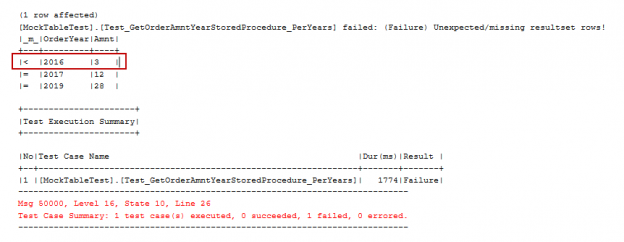
In this article on SQL unit testing, we will talk about how to isolate SQL unit tests from dependencies and how to use fake tables in SQL unit tests, so that we will able to develop more robust and less fragile SQL unit tests.
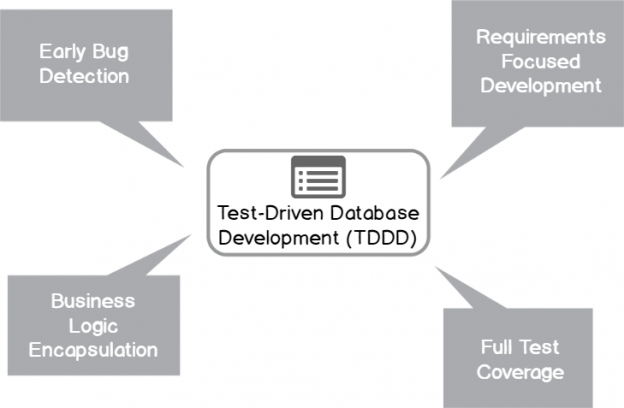
This article talks about core concepts of test-driven database development followed by creating simple SQL unit tests with tSQLt based on this approach.

This article explains to the SQL Union and vs Union All operators in SQL Server. We will also explore the difference between these two operators along with various use cases.
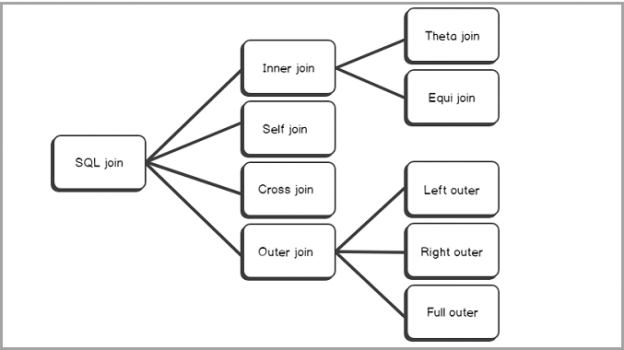
This article will provide a full overview, with examples of the SQL Outer join, including the full, right and left outer join as well as cover the union between SQL left and right outer joins.
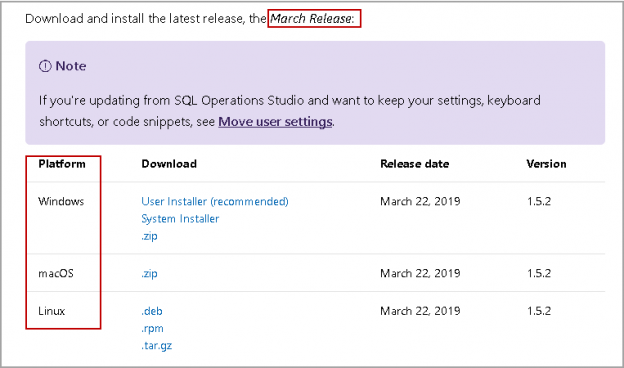
This article will fully cover the code snippet SQL developer productivity feature in Azure Data Studio including a list of available snippets and examples of how to create custom code snippets
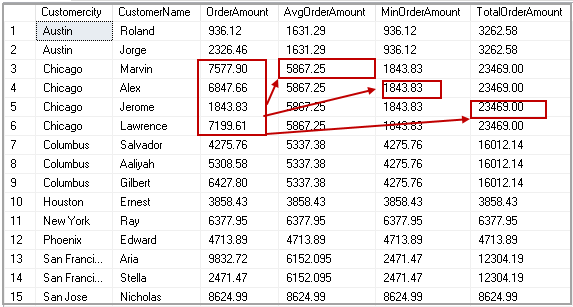
This article will cover the SQL PARTITION BY clause and, in particular, the difference with GROUP BY in a select statement. We will also explore various use cases of SQL PARTITION BY.
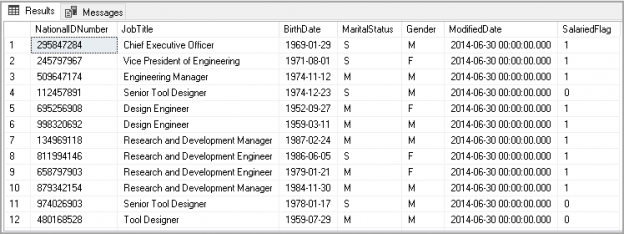
This article will cover the SQL ORDER BY clause including syntax, usage scenarios to sort out results in a Select statement.
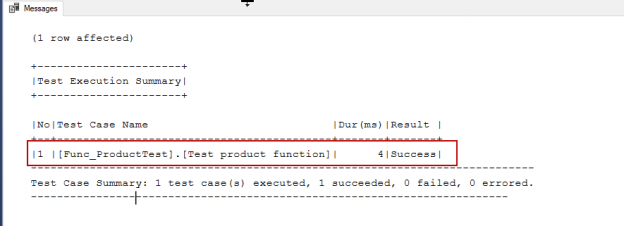
SQL unit testing is a testing method which allows us to test the smallest, atomic programmable part of a database object. SQL unit testing plays a key role in the modern database development cycle because it allows us to test individual parts of the database objects work as expected. SQL unit testing adds a great […]
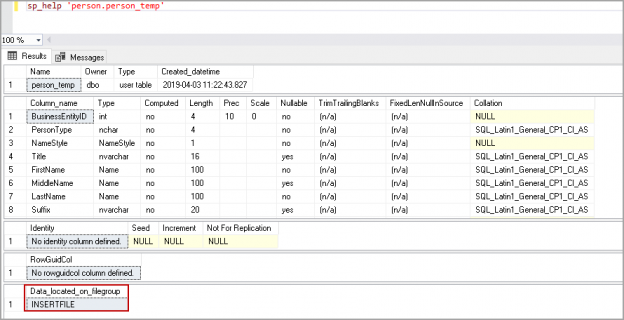
This article will cover the SQL SELECT INTO statement including syntax, parameters and use with multiple tables, filegroups and a WHERE condition
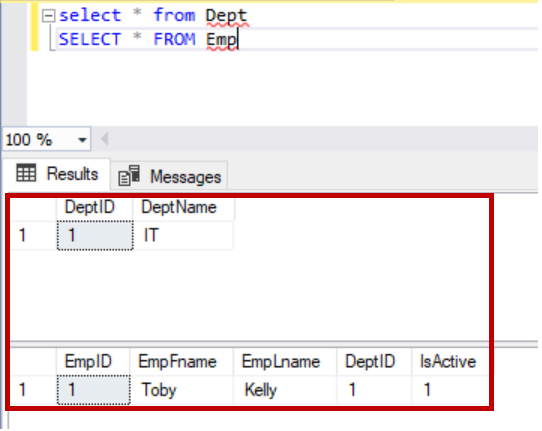
In this article let us review different ways to create a SQL foreign key, rules on updates and deletes, enabling foreign key constraints, disabling foreign key constraints and not for replication in foreign keys.
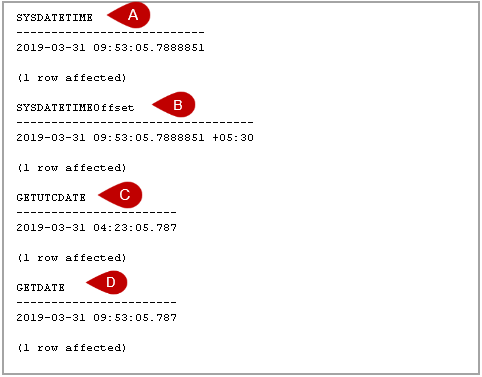
In this article, we will explore various SQL Convert Date formats to use in writing SQL queries.
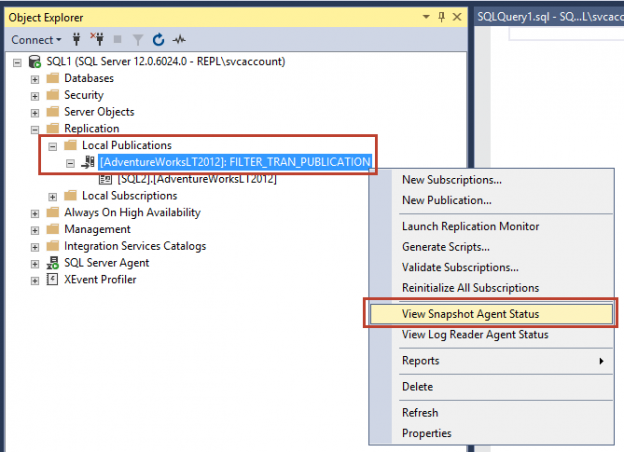
In the last articles, we have learned Configuring Snapshot and Transactional SQL Server replication and Configuring Peer to Peer and Merge SQL replication. Now, once we configured SQL Server replication, there will be some instances where we need to modify the SQL Server replication configuration as per the project updates. In this article, we will […]
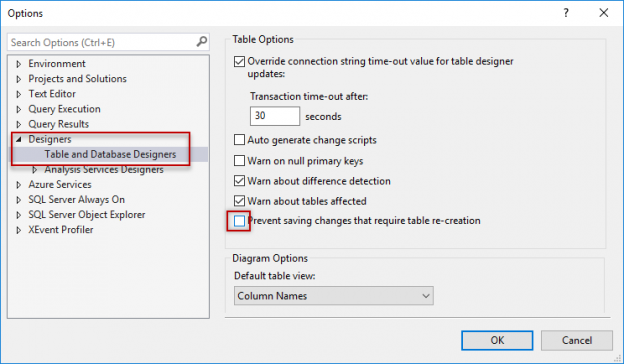
Introduction A common task for newbies is to learn how to do a SQL convert date and work to convert them date to other data types or covert other data types to Date.
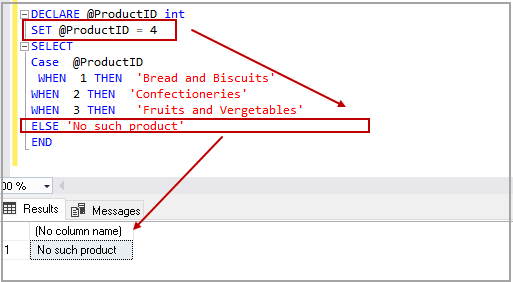
The case statement in SQL returns a value on a specified condition. We can use a Case statement in select queries along with Where, Order By, and Group By clause. It can be used in the Insert statement as well. In this article, we would explore the CASE statement and its various use cases.

SQL Server FILETABLE provides benefits over SQL FILESTREAM available from SQL Server 2012. We can manage unstructured objects in the file system using SQL Server. It stores metadata in particular fixed schema tables and columns. It provides compatibility between an object in SQL Server table and Windows.
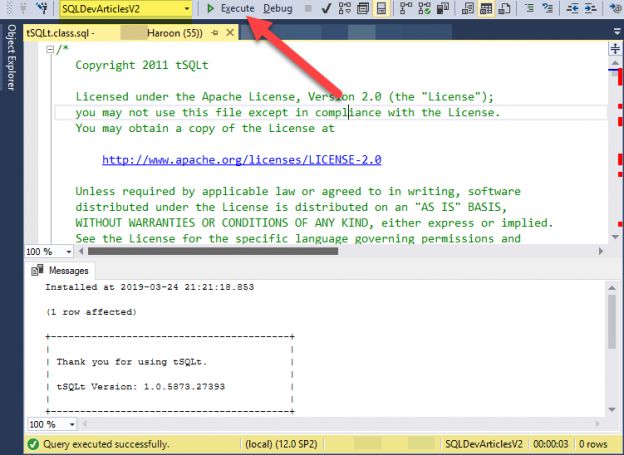
This article is about basics of conventional SQL unit testing concepts and its implementation through tSQLt, a highly acclaimed SQL unit testing framework because of being written in T-SQL and its built-in design support for SQL SQL unit testing needs ranging from simple to complex scenarios.

This continuation of our SQL Server auditing series is on SQL Server Change Tracking and will cover an overview, enabling, disabling, auditing DML changes including SQL updates and deletes.
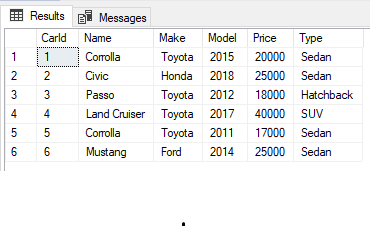
Nested Triggers in SQL Server are actions that automatically execute when a certain database operation is performed, for example, INSERT, DROP, UPDATE etc.

In this article, we will review PowerShell SQL Server module DBATools to identify IDENTITY columns about to reach the threshold.

SQL Server FILETABLE is a next generation feature of SQL FILESTREAM. We can use it to store unstructured objects into a hierarchal directory structure. SQL Server manages SQL FILETABLE using computed columns and interacts with the OS using extended functions. We can manage SQL FILETABLEs similar to a relational table.
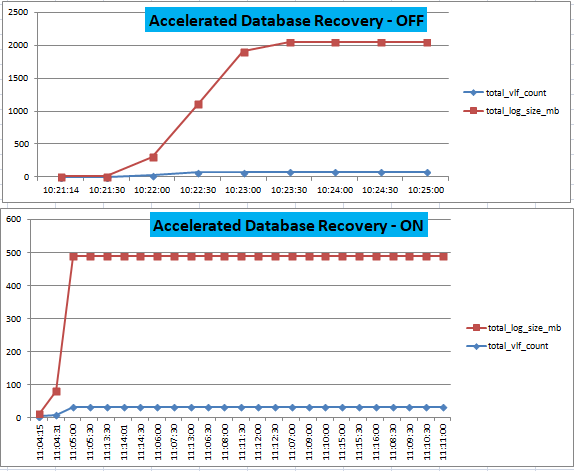
In my previous article in this series Accelerated Database Recovery; Instant Rollback and Database Recovery, we talked about a potential DBA painkiller to resolve long waiting times for database recovery and rollback scenarios using Accelerated Database Recovery. In this article, we will look at one more painful challenge for DBAs, Long Running Transaction with Transaction […]
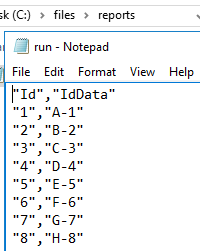
PowerShell features many one-line commands for working with SQL Server, one of which is Invoke-SqlCmd. This tool can be useful in many development contexts where we need to quickly execute scripts or test code and it helps to know some of the parameters we’ll often use. In addition, because we may want a custom script […]
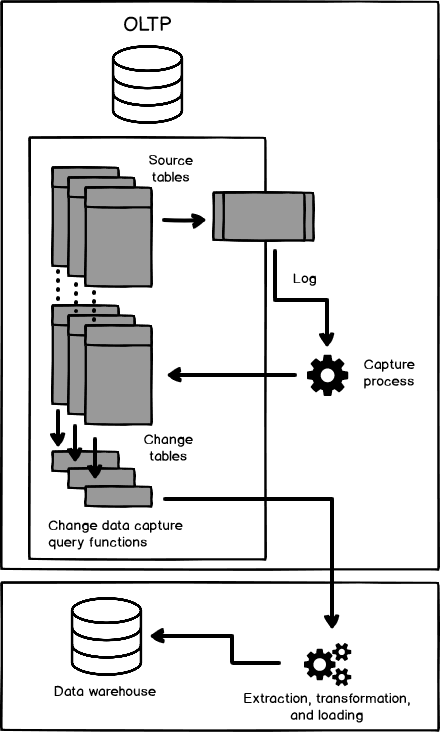
This article on Change Data Capture will provide an overview, notes on installation, architecture, enabling and disabling, auditing DML statements and limitations
© Quest Software Inc. ALL RIGHTS RESERVED. | GDPR | Terms of Use | Privacy